
Is affiliate marketing in tech already too saturated to break into, or is there still room to grow?
It’s a fair question. These days, it feels like everything’s been done. Big sites dominate Google, and new blogs pop up daily, all chasing the same topics.
But here’s the thing—most of them go too broad. They try to cover “tech” like it’s one big thing. But it’s not. It’s a maze of fast-moving niches, each with its own audience, pain points, and opportunities.
That’s exactly where micro-niches come in.
A micro-niche helps you stand out in a crowded market. You focus on one tight topic, solve specific problems, and become the go-to voice in that space. There’s less competition, faster growth, and better chances to earn from day one.
And in affiliate marketing, it’s even better. You don’t need thousands of views—just the right ones. Help the right person, recommend the right tool, earn a commission.
Right now, tech is moving faster than ever. With AI tools, wearables, smart homes, personal cybersecurity, and even tech for seniors—new micro-niches are popping up everywhere. What’s new today could easily be a goldmine tomorrow.
That’s why choosing the right one really matters. It can be the difference between burning out on content no one reads—or building a site that quietly pays you every month.
In this post, I’ll walk you through the best microniches in technology for affiliate marketing. These aren’t guesses—they’re real, timely ideas with money and demand behind them.
What is a Microniche?
A microniche is simply a smaller, sharper slice of a broader niche.
Think of it like this:
“Tech” is a broad niche.
“Cybersecurity” is narrower.
“Password management tools for remote teams” is a microniche.
The difference is that microniches go deep, not wide. You don’t try to reach everyone. You speak directly to one group, with one clear need.
And that’s where the miracle happens—especially for SEO.
Google favors relevance. If your entire site is about one focused topic, it’s easier to rank. You build authority faster. You attract the right people—people who actually search, click, read, and convert.
It also makes content planning easier. You know exactly what to write, who you’re writing for, and what products or tools they need.
Instead of fighting with massive blogs on general tech topics, you carve out your own space—and own it.
That’s the power of going micro.
Factors to Consider When Choosing a Microniche
Not all microniches are worth your time. Before you pick one, check these four key factors:
1. Market Demand and Search Volume
Are people actually searching for this stuff?
Use tools like Google Keyword Planner or Ubersuggest to see real numbers.
No traffic = no growth.
2. Competition Level
A good microniche has low to medium competition.
If big sites dominate page one, it’s going to be a grind.
Look for gaps—topics with demand but weak content or outdated sites.
3. Monetization Opportunities
How will you make money?
Some niches work great with affiliate offers (like software).
Others might lean toward ads, digital products, or sponsored posts.
Make sure there’s a path to income.
4. Future Growth Potential
Is the niche trending up—or dying out?
Tech moves fast. Use Google Trends to see if interest is rising.
You want something with staying power, not just a short spike.
Choosing a microniche isn’t guesswork. It’s a mix of data, timing, and a little instinct.
Get this part right, and the rest gets a whole lot easier.
Niche Navigator: How To Find A Profitable Niche In 1 Hour is my recommended book for this topic. It’s the go-to guide for narrowing down profitable niches fast—without getting stuck in research mode. Simple, clear, and perfect for anyone starting an affiliate site in tech.
10 Best Microniches in Technology
Let’s get into it.
1. AI and Machine Learning Applications
AI isn’t just hype anymore—it’s everywhere.
People want to learn it, use it, and keep up with the changes.
This micro-niche lets you focus on tools, simple use cases, and step-by-step tutorials for non-tech users, freelancers, or small businesses. You don’t need to teach deep theory—just help people use AI in their daily work.
Why it’s profitable:
Everyone’s looking for shortcuts. AI tools promise that.
Search volume is high, competition is spread out, and new tools drop every week. That means constant content opportunities.

How to monetize:
– Join affiliate programs for AI tools (like Jasper, Writesonic, or Synthesia).
– Create or promote online courses.
– Review and compare software.
– Add display ads once traffic builds.
2. Cybersecurity for Small Businesses
Small businesses are easy targets—and most don’t even know where to start.
This niche focuses on practical security tips, simple tools, and clear advice that doesn’t overwhelm non-tech owners.
Cover topics like how to secure company emails, protect customer data, and train employees on cyber hygiene.
Why it’s profitable:
Cyber threats keep growing. Small businesses are finally paying attention.
They want solutions that are affordable, easy to use, and made for them—not giant corporations.

How to monetize:
– Promote security tools (VPNs, password managers, firewalls) through affiliate links.
– Offer downloadable checklists, mini-audits, or consulting services.
– Pitch sponsorships to security software brands.
3. Smart Home Automation
Smart homes aren’t just for tech geeks anymore.
Regular folks want to automate lights, locks, thermostats, and cameras—but they need help setting it all up.
This niche covers device reviews, setup guides, comparisons, and automation tips using platforms like Alexa, Google Home, and Apple HomeKit.
Why it’s profitable:
Smart home gear sells fast—and people research before they buy.
There’s also a constant stream of new products, which means steady content and affiliate potential.

How to monetize:
– Use affiliate links from Amazon, Best Buy, or brand programs (like Ring or Wyze).
– Write product reviews and tutorials.
– Add video walkthroughs to boost trust and traffic.
– Bundle how-to guides or setup checklists as lead magnets.
4. Tech for Remote Work & Productivity
Remote work is here to stay—and people are always chasing better tools and workflows.

This niche focuses on gadgets, apps, and systems that help remote pros stay focused, organized, and connected.
Think noise-canceling gear, productivity software, time-tracking tools, and workspace setups.
Why it’s profitable:
Remote workers spend money on gear and apps that make their day easier.
It’s a wide market—freelancers, remote teams, digital nomads—all hungry for smart tech that boosts output.
How to monetize:
– Promote software like project management tools, VPNs, and screen recorders.
– Review hardware: webcams, keyboards, standing desks, etc.
– Get sponsored posts from tool makers or brands targeting remote workers.
5. Wearable Tech & Health Gadgets

People want to track everything—sleep, steps, heart rate, even stress.
This niche focuses on smartwatches, fitness trackers, and health-focused wearables that help users stay on top of their well-being.
You can cover comparisons, user guides, best apps, and what features actually matter.
Why it’s profitable:
- Health is personal, and buyers research heavily before spending.
- New models launch often, creating constant review and ranking opportunities.
How to monetize:
– Use affiliate links for devices (Amazon, Fitbit, Garmin, Apple).
– Write in-depth reviews and “best of” listicles.
– Partner with fitness or health brands for content deals.
6. Blockchain & Cryptocurrency Tools
Crypto isn’t just coins—it’s tools, platforms, and tech behind the scenes.
This niche focuses on wallets, exchanges, analytics tools, and blockchain apps that help users trade, store, and explore crypto safely.
You can also cover crypto security, DeFi platforms, and updates in the space.
Why it’s profitable:
- The crypto market keeps growing. Bitcoin alone hit over $1 trillion in market cap recently—and it’s not slowing down.
- Crypto users are highly engaged and always looking for better tools.
- Referral payouts in this niche are high—some exchanges offer up to $100+ per signup.
How to monetize:
– Join referral programs from wallets, trading platforms, and tools.
– Offer paid content or private membership communities.
– Land sponsored posts or banner deals from crypto startups.
7. Augmented Reality (AR) & Virtual Reality (VR)
AR and VR used to be all about gaming—but that’s changed fast.
Now they’re used in classrooms, boardrooms, real estate showings, remote training, and even virtual shopping.
This micro-niche lets you cover hands-on tutorials, reviews of the latest gear, use-case breakdowns, industry news, and how different sectors are adopting immersive tech.
You’re not just talking about headsets—you’re showing how this tech is reshaping how we learn, work, and connect.
Why it’s profitable:
- The global AR/VR market is growing like crazy—projected to pass $100 billion by 2026.
- There’s strong interest from teachers, creatives, developers, and business owners who need help getting started.
- The mix of hardware, software, and services gives you multiple income paths.
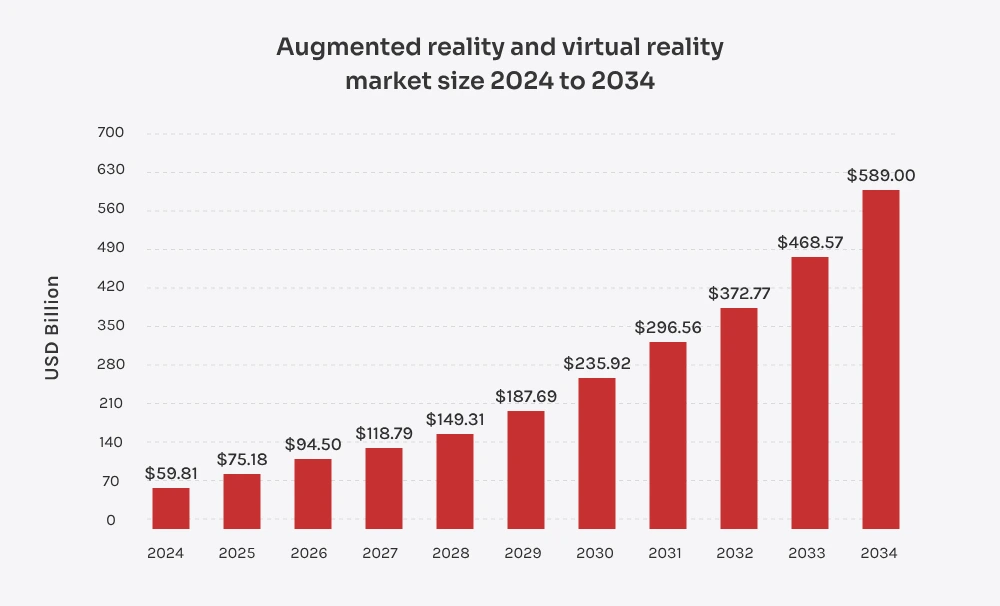
How to monetize:
– Promote AR/VR headsets and accessories via affiliate links (Meta Quest, HTC Vive, PSVR, etc.).
– Review apps, games, and tools—especially ones made for work or learning.
– Sell or promote online courses on how to build, use, or integrate AR/VR.
– Offer consulting or custom guides for businesses exploring the tech.
8. No-Code and Low-Code Development

Building apps and websites used to mean learning to code—or hiring someone who could.
Not anymore.
No-code and low-code tools like Webflow, Bubble, Glide, and Zapier let regular users build powerful stuff without touching code.
This niche focuses on step-by-step guides, tool comparisons, real-life use cases, and templates that help users get things done faster.
It’s perfect for creators, solopreneurs, small business owners, and even corporate teams trying to move fast.
Why it’s profitable:
- More people want control over their digital tools—without hiring devs or learning code.
- Search volume is rising fast, and many tools offer solid affiliate programs.
- Tutorial content ranks well and pulls in consistent traffic from action-takers.
How to monetize:
– Promote no-code tools with affiliate links (most pay well).
– Offer premium tutorials, templates, or downloadable workflows.
– Build and sell niche-specific micro-apps or guides.
– Partner with platforms or build your own paid resource hub.
9. Green Technology & Sustainable Tech
As people become more eco-conscious, sustainable tech is gaining major traction.
This niche covers solar-powered gadgets, energy-efficient devices, eco-friendly tech, and sustainable solutions that help reduce our environmental footprint.
You could dive into solar panels for homes, green energy products, recycling tech, or electric vehicles—anything that supports sustainability through innovation.
Why it’s profitable:
Sustainability is no longer just a trend; it’s a movement. The green tech market is expanding rapidly, with the global renewable energy market expected to reach $2 trillion by 2025.
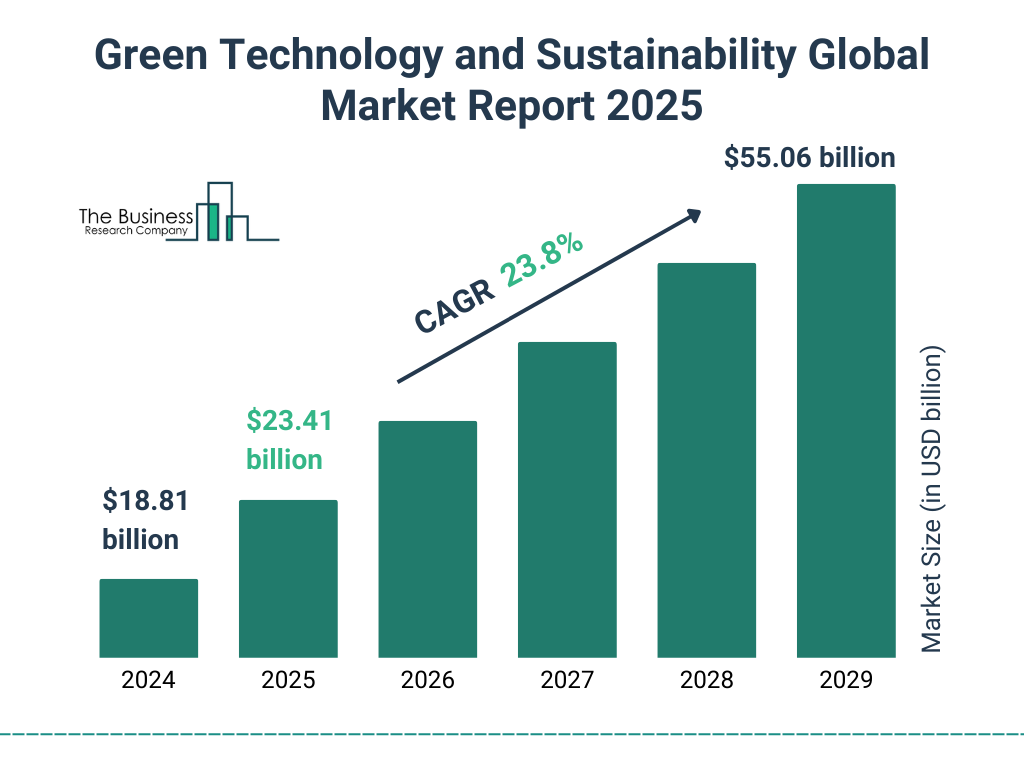
Consumers and businesses alike are looking for ways to reduce their carbon footprint, creating a steady demand for eco-friendly tech.
How to monetize:
– Promote green tech products through affiliate programs (solar gadgets, smart thermostats, EV chargers).
– Land sponsorships from eco-focused brands.
– Partner with sustainable tech companies for product reviews or exclusive content.
10. Edge Computing & IoT (Internet of Things)
IoT is reshaping industries—smart factories, connected cities, healthcare innovations, and even farming are all being transformed by the power of connected devices.
Edge computing takes it further by processing data closer to where it’s generated—on the device—which boosts speed and reduces latency. This is changing how everything from wearables to industrial machines work.
You can dive into smart home devices, IoT in business, and the latest in edge computing technology.
Why it’s profitable:
The IoT market is massive, expected to reach $1.6 trillion by 2025. Companies across sectors are investing heavily in these technologies to improve efficiency, reduce costs, and create new services.
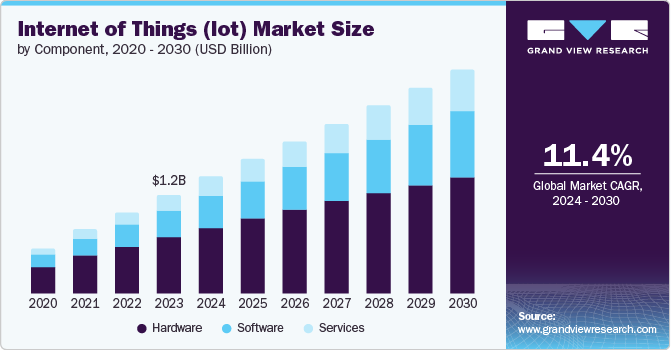
There’s plenty of room for content focused on IoT solutions, trends, and product reviews that guide companies and consumers through the new tech.
How to monetize:
– Promote IoT devices (smart home gadgets, connected appliances) via affiliate programs.
– Offer consulting for businesses looking to implement IoT solutions.
– Review the latest IoT tech, including edge computing devices and platforms.
– Partner with manufacturers or startups in the IoT space for sponsored content.
Conclusion
If you want to make affiliate marketing work in tech, micro-niches are the smart way in. You don’t need to compete with giant tech blogs or cover everything under the sun. You just need to focus on a tight topic, help a specific audience, and build trust with content that solves real problems.
The 10 micro-niches we covered aren’t random ideas—they’re packed with affiliate potential. From AI tools to smart home gear and green tech, each one gives you a chance to earn by recommending tools, gadgets, and platforms people are already searching for.
Affiliate marketing isn’t about luck. It’s about picking the right angle, putting in the work, and sticking to it. Choose one of these tech micro-niches, dig deep into what your audience needs, and focus on being helpful—not salesy. Do that well, and the commissions will follow.
You don’t need a huge site. You just need a clear niche, a clear voice, and a clear offer.
The tech space is wide open. Pick your spot and build something that pays you month after month.
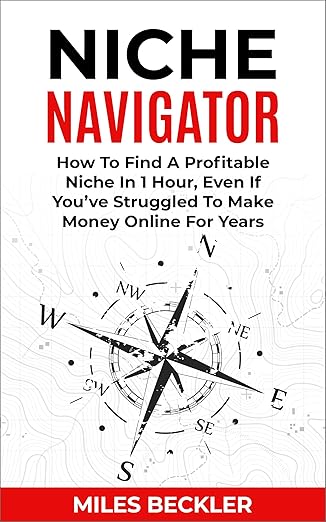
If you’re still unsure which micro-niche to go with—or just want a clear, fast way to decide—check out Niche Navigator: How To Find A Profitable Niche In 1 Hour. It’s a straightforward guide that helps you cut through the noise and lock in on a niche with real potential. Perfect if you want to stop overthinking and start building.
Frequently Asked Questions
What exactly is a tech micro-niche?
A micro-niche is a tightly focused topic within a broader tech category. Instead of covering all of “technology,” you zero in on one specific area—like AI tools for writers or cybersecurity for small businesses. This helps attract a more targeted audience and makes ranking on Google easier.
Why should I choose a micro-niche instead of a broad tech niche?
Broad niches are crowded and harder to rank for. Micro-niches have less competition, faster SEO results, and clearer monetization paths. You solve specific problems for a specific group, which builds trust and drives conversions.
How do I know if a tech micro-niche is profitable?
Look at search volume, affiliate programs, digital product demand, and YouTube or forum discussions. If people are asking questions and spending money in that space, it has potential. Tools like Google Trends, Ahrefs, or Ubersuggest help with research.
Can I still start a tech site in 2025 and make money?
Yes. Most people fail because they go too broad, give up too early, or ignore SEO. Micro-niches give you a clear edge. With consistency and the right content strategy, you can still build a profitable site—even starting today.
What’s the best way to monetize a tech micro-niche site?
Start with affiliate marketing—tech tools, gadgets, courses, and platforms pay well. You can also do sponsored posts, run ads, or sell your own guides and templates. Focus on building trust first, then scale income with multiple streams.






